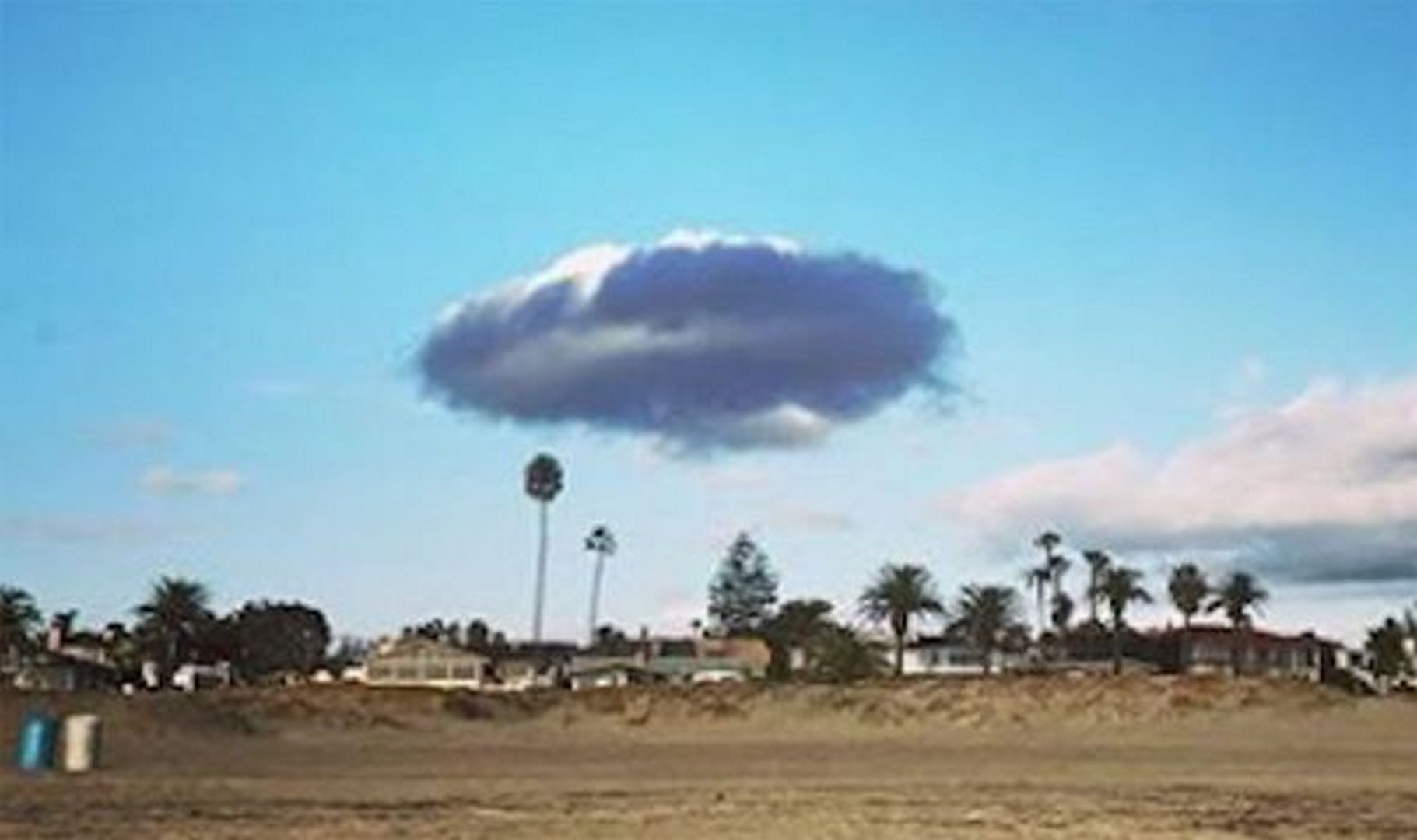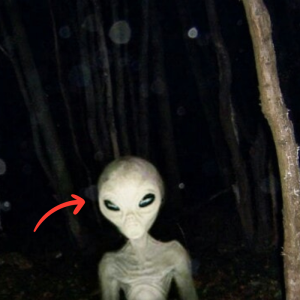Pondering Life Beyond Earth’s Boundaries
Astrobiology, the interdisciplinary field that explores the possibility of life beyond our planet, delves into the tantalizing prospect of discovering diverse forms of extraterrestrial organisms. While our understanding of life is rooted in the biological systems on Earth, the quest for alien life prompts speculation about the myriad forms and adaptations life might take on other celestial bodies. From extremophiles thriving in extreme environments on Earth to the potential diversity of life in the cosmos, astrobiology invites us to envision a tapestry of potential extraterrestrial organisms.
Alien Life Speculations: Diverse Forms and Habitats

Speculations on extraterrestrial life encompass a spectrum of possibilities, considering diverse environments and adaptations that could sustain life beyond Earth. The concept of extremophiles—microorganisms thriving in extreme conditions such as high radiation, extreme temperatures, or high pressure—expands our understanding of potential habitable zones. Moreover, the existence of liquid water, a fundamental ingredient for life on Earth, on celestial bodies like Jupiter’s moon Europa or Saturn’s moon Enceladus sparks curiosity about the potential for microbial life in subsurface oceans.
Adaptations and Evolution: Imagining Alien Biospheres

The diversity of potential extraterrestrial organisms invokes considerations of their adaptations and evolutionary paths. Speculating on the adaptations required to survive on distant worlds leads to intriguing hypotheses. For instance, the potential for life in environments with different chemical compositions or under varying gravitational conditions prompts contemplation about alternative biochemical processes and unique evolutionary trajectories that might shape extraterrestrial life forms.
Astrobiology’s Quest: Unraveling the Enigma of Alien Life

As we explore the realms of astrobiology and the diversity of potential extraterrestrial organisms, the fascination with alien life transcends the limitations of terrestrial biology. The exploration of these speculative realms propels us to approach the possibilities of life in the cosmos with a blend of scientific inquiry and imaginative openness, urging us to contemplate the diversity and adaptability of life forms beyond Earth’s boundaries.
The quest for understanding extraterrestrial life intertwines with the ongoing exploration of unexplained phenomena and potential encounters with otherworldly beings. As we delve deeper into astrobiology and the speculations on diverse alien organisms, the examination of potential adaptations invites us to explore the uncharted territories of habitable zones and alternative biospheres, fostering contemplation about the vast diversity of life in the universe.
At the intersection of scientific inquiry and speculative thought lies the quest to comprehend the potential diversity of extraterrestrial organisms—an endeavor driven by curiosity, exploration, and the pursuit of unraveling the mysteries that may define life beyond our world. These endeavors encourage us to contemplate the possibilities that surround potential encounters with other forms of life and the imaginative speculations that fuel our search for extraterrestrial existence.
The fascination with astrobiology and the speculations on diverse alien life prompts us to acknowledge the intricacies of life beyond Earth’s constraints while also acknowledging the persistent mysteries surrounding the existence of life elsewhere. These endeavors encourage us to delve into the complexities of astrobiology, urging further exploration and scientific inquiry into the enigmatic realm of extraterrestrial organisms.









